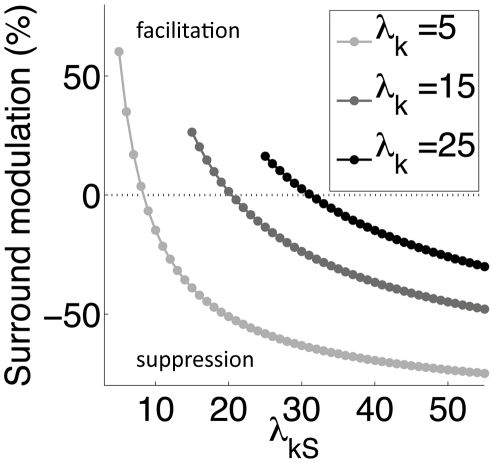Figure 6. The model encompasses both surround suppression and facilitation.
Modulation of simulated model responses when the surround is co-assigned (Rco-assign; e.g. with a large, homogeneous grating) relative to when it is not co-assigned (Rno-assign; e.g. with a grating smaller than the central RF). Percent surround modulation is computed as 100*(Rco-assign−Rno-assign)/Rno-assign. This quantity depends on RFs outputs only via  and
and  . Since
. Since  appears in the denominator of Equation 3, the larger the
appears in the denominator of Equation 3, the larger the  the smaller the model response. We choose three representative values of
the smaller the model response. We choose three representative values of  (note that
(note that  increases with larger center RF output). Surround modulation in the model can facilitate center responses for weak surrounds (
increases with larger center RF output). Surround modulation in the model can facilitate center responses for weak surrounds ( comparable with
comparable with  ), and gradually switch to suppression as surround strength (and therefore
), and gradually switch to suppression as surround strength (and therefore  ) increases (relative to
) increases (relative to  ). No surround modulation (dashed line) is observed e.g. with small stimuli or large, non-homogeneous stimuli for which center and surround RFs are not co-assigned.
). No surround modulation (dashed line) is observed e.g. with small stimuli or large, non-homogeneous stimuli for which center and surround RFs are not co-assigned.

